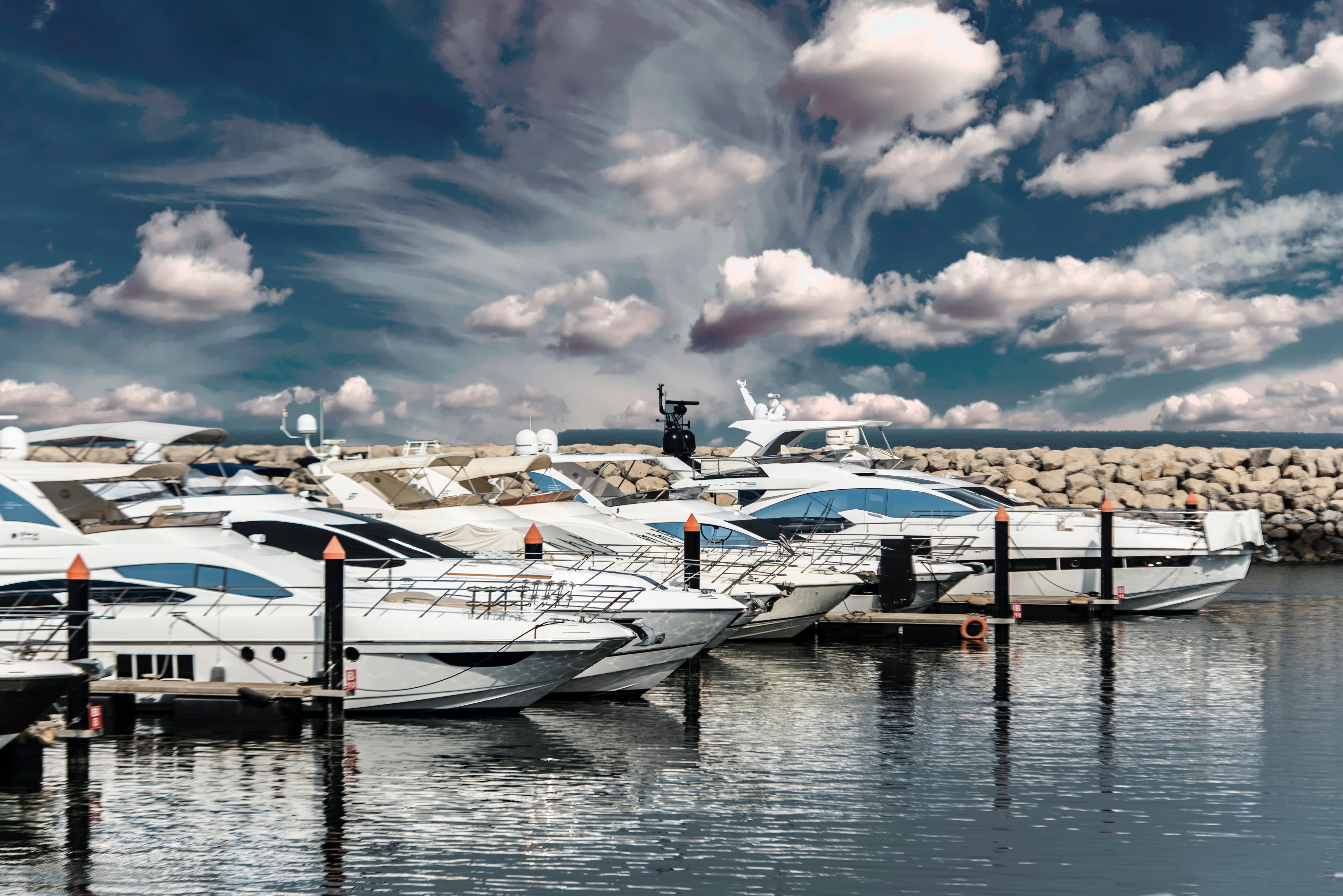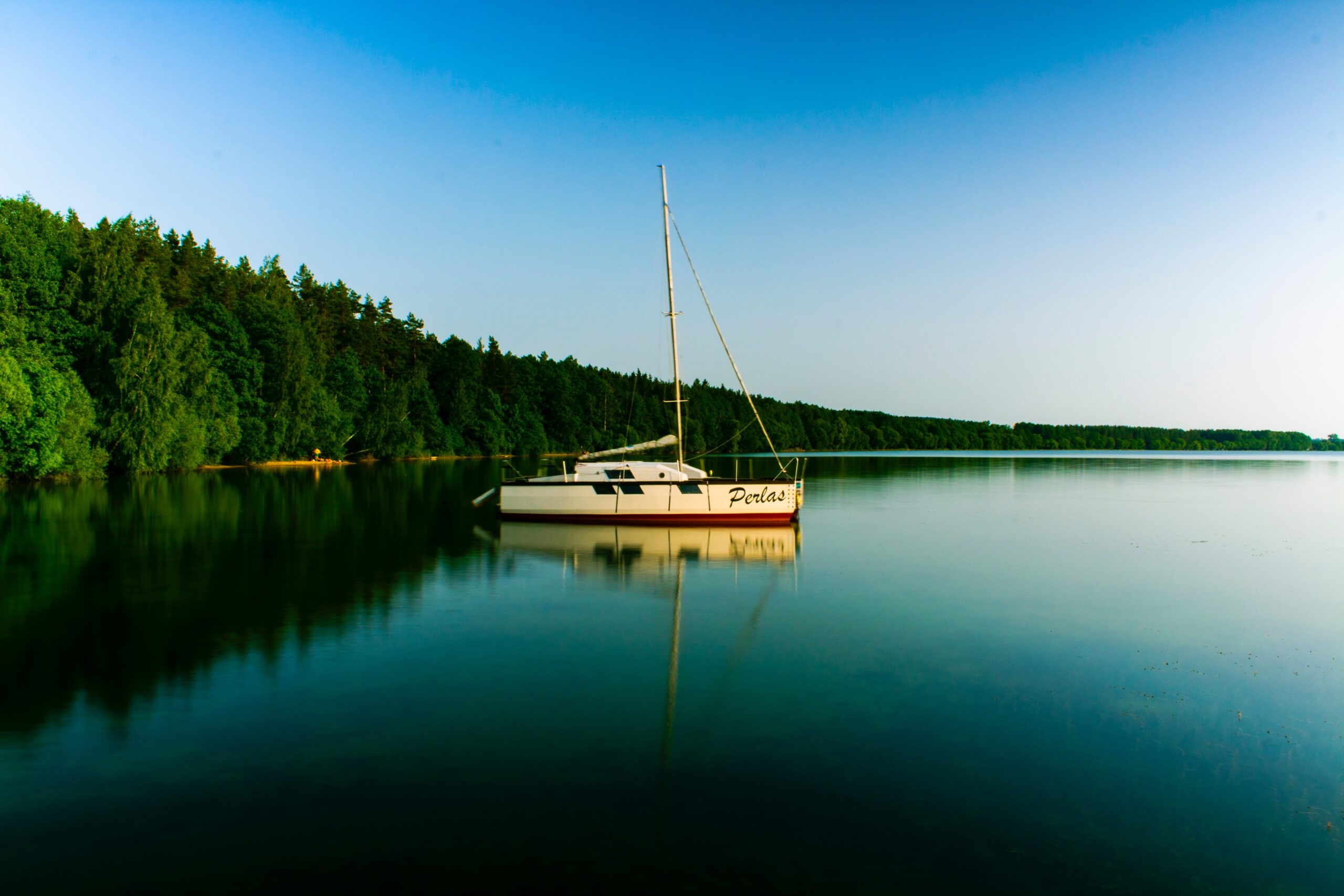When it comes to choosing the perfect color for your yacht, there are several factors that you need to take into account.
The color of your yacht not only affects its appearance but also its functionality and maintenance.
When picking out a color for your yacht, it ultimately comes down to your personal preferences. The best way to personalize your yacht is through yacht painting, and nothing will set your yacht apart more than painting it with your favorite color.

How Color Can Affect Yacht Performance
Did you know that the color of your yacht’s hull can affect its speed and fuel efficiency? Darker colors tend to absorb more heat, making the vessel slower as it heats up.
On the other hand, lighter colors reflect heat better, helping to keep the yacht cooler and potentially improving its performance.
Of course, other factors can affect your yacht’s speed and fuel efficiency, but if you’re looking to give your vessel a little boost, consider going with a lighter hue.
Here are some tips to help you choose the right color for your yacht:
- Consider the color of the water and sky. You want your yacht to stand out, but at the same time, you don’t want it to be too jarring against its natural surroundings.
- Think about the mood you want to create. Different colors can evoke different emotions, so choose a color that matches the atmosphere you’re going for.
- Take into account the style of your yacht. A classic vessel might look best in a more traditional color scheme, while a modern yacht can be more adventurous with its palette.
- Don’t forget about longevity and practicality. Some colors are easier to maintain than others, so if you’re not planning on spending a lot of time caring for your yacht, opt for a low-maintenance shade.

When it comes to painting your yacht, there are several types of marine paints to choose from. These include:
- Synthetics: These feature resin-based marine paints with drying oils, but they don’t last very long.
- Chlorine rubber paints: These are based on chlorinated synthetic rubber and last longer than synthetic paints.
- Bituminous paints: These have tar as their base and work best on the yacht areas submerged in water. Most of them are in dark colors or black.
- Epoxy paints: These have an epoxy resin base and provide more protection against immersion and weathering.
- Polyurethane paints: These have polyurethane resins and are highly resistant to weathering. They are also excellent at preserving shine and color.
- Antifouling paints: These apply to the bottoms of all types of marine vessels. The paint forms a solid film while drying and adheres well to the surface. It softens when the yacht submerges, absorbing water, and partially becomes soluble.
The process releases the biocide in the paint, preventing marine organisms from attaching and growing on the yacht’s bottom.
